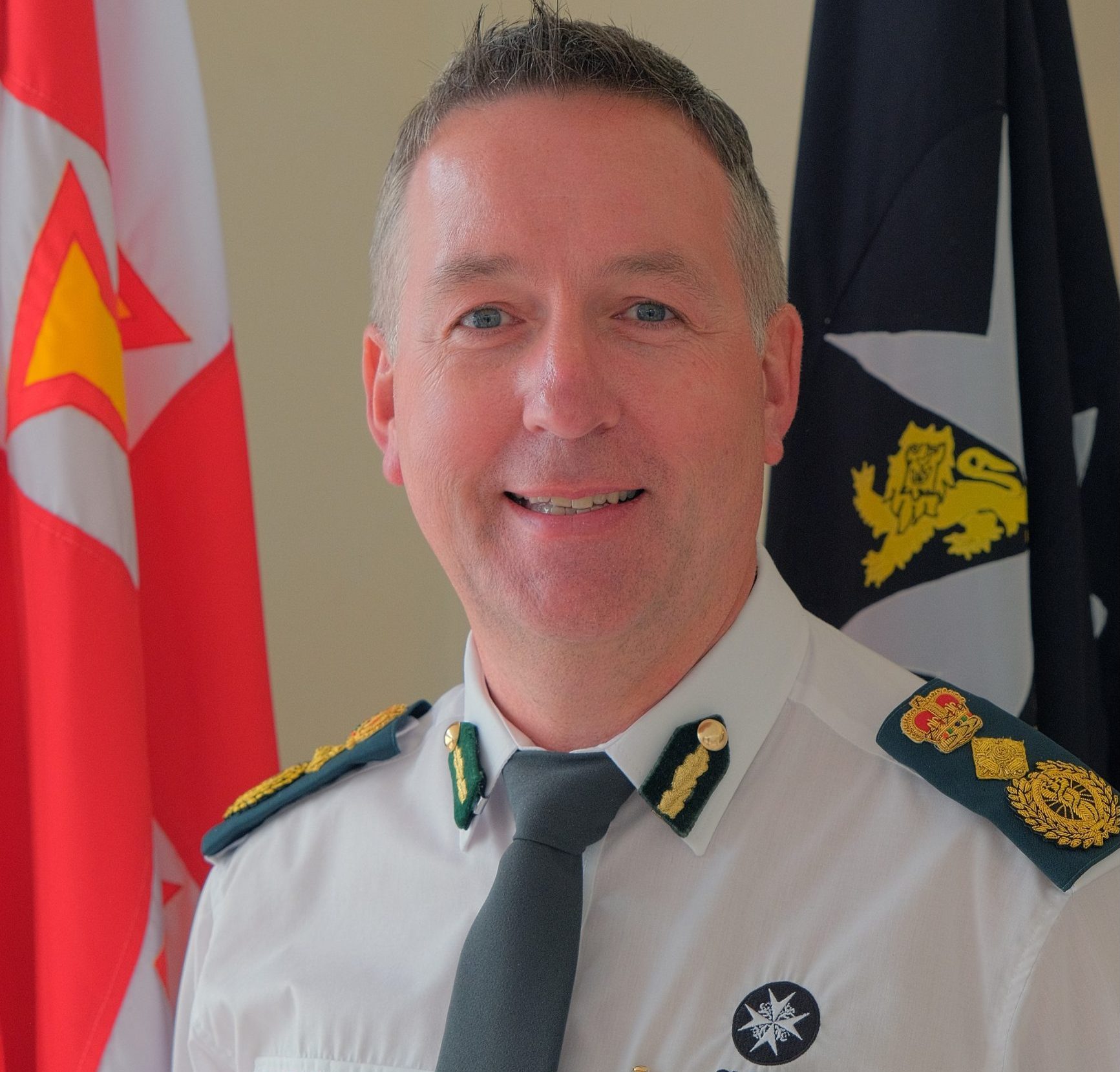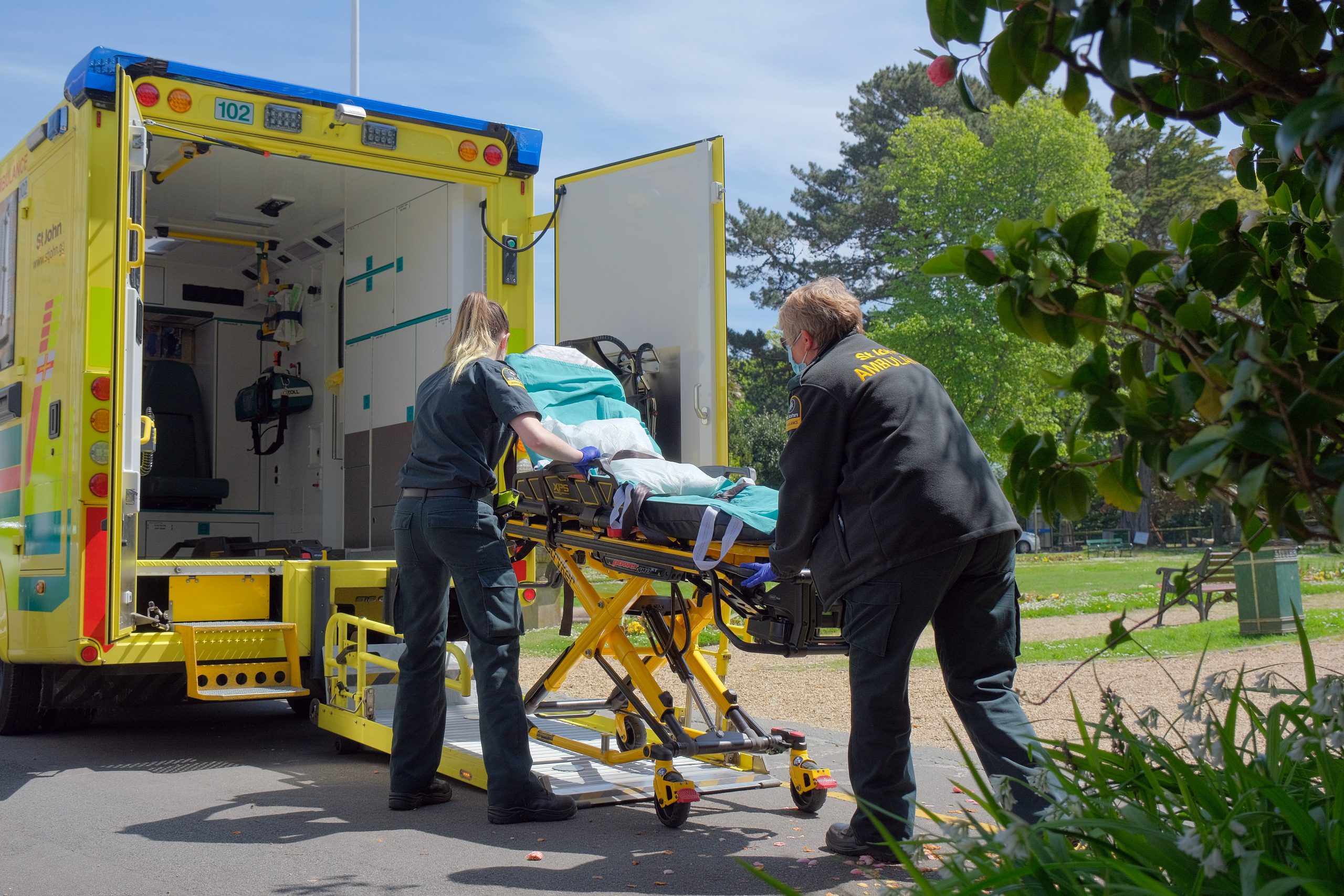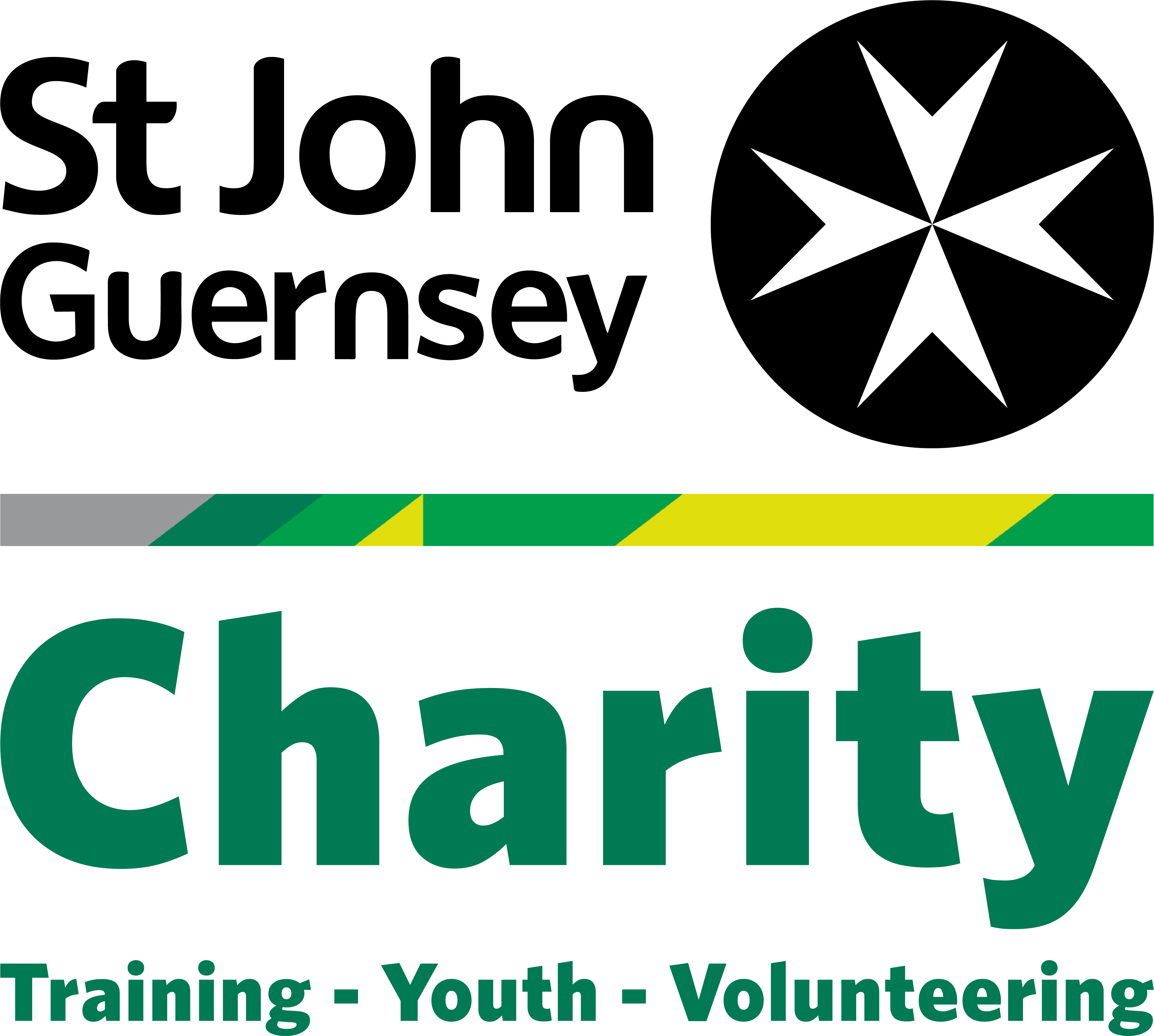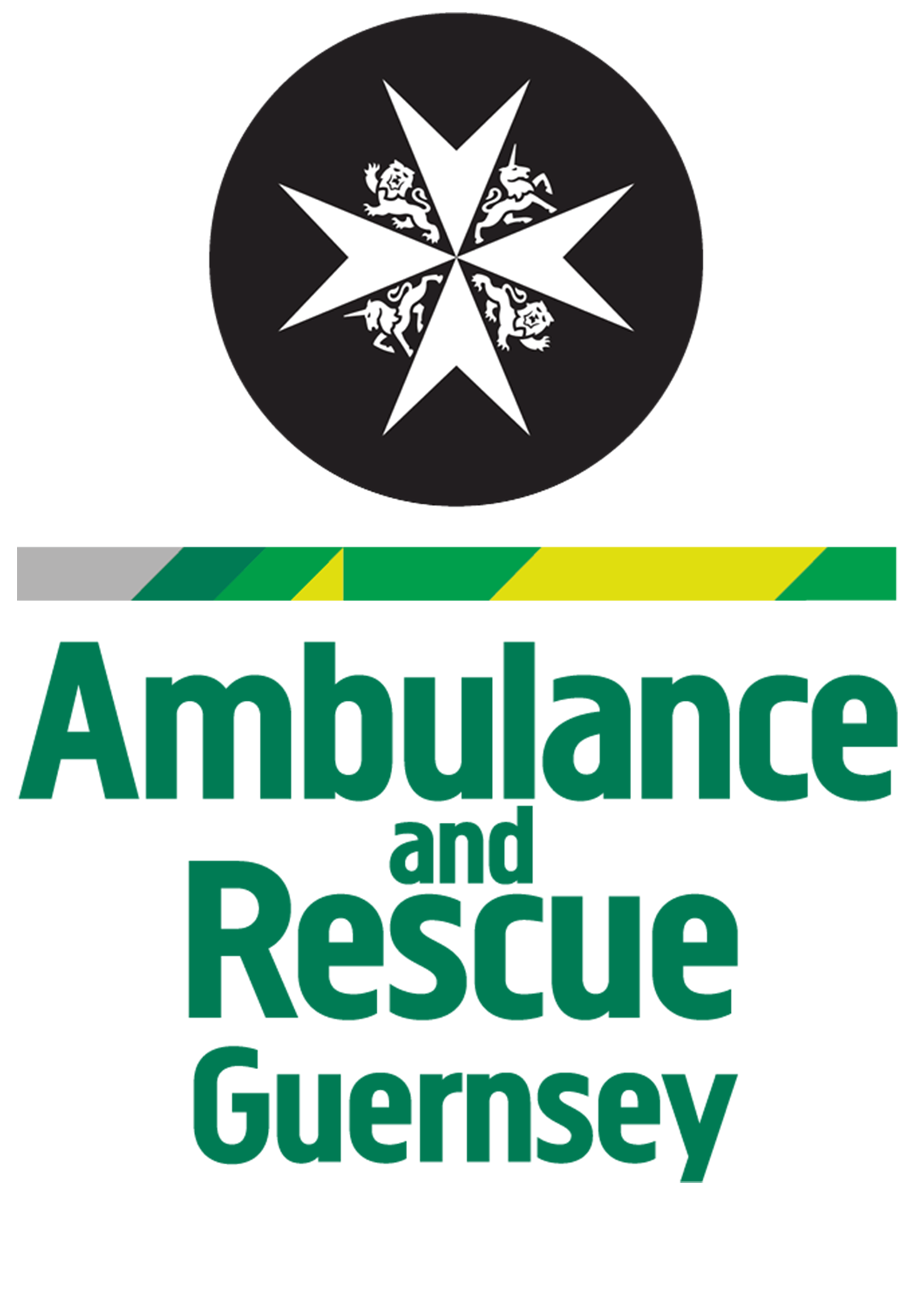Guernsey’s Chief Ambulance Officer is reassuring islanders that the St John Emergency Ambulance Service is one of the best performing services in the British Isles and is continually meeting its response time targets.
It follows a national news story about ambulance waiting times in the UK, which highlighted concerns about delayed responses caused by pressures on UK ambulance trusts.
Mark Mapp said: “Although demand for Guernsey’s ambulance service has risen significantly in the past five years, we are not in the same position as the UK. The service is performing extremely well, we are consistently meeting our Key Performance Indicators for response times and islanders are not experiencing the long waits for ambulances or long waiting times at the Emergency Department that are being seen in the UK.”
Demand for the ambulance service has grown by 48% since 2015, with almost 7000 calls responded to last year, the highest number ever recorded.
Mr Mapp added: “The Emergency Ambulance Service has coped well with the increasing demand and a range of other external pressures. This is because we are a flexible organisation with the ability to adapt and we have a dedicated caring workforce and operate a voluntary call-back system with off-duty staff often returning to work day and night to provide cover during the peak periods of demand, which is not something that routinely happens in the UK. We also have well rehearsed contingency plans to deploy Senior Officers to operational duties at times of high demand and use St John volunteers to support our services.”
“Like all organisations we are facing new challenges resulting from global events, which are increasing costs and pressures on the service, but we continue to work with Health & Social Care and the wider Government to introduce new technologies and joint partnerships to further increase efficiencies while ensuring we endure to deliver excellent care.”
“I would like to reassure islanders that if you need an ambulance you will get one. When you call 999 your call will be categorised using a clinical triage tool which identifies life threatening calls immediately to ensure we respond to the most serious of calls first. In our latest patient survey 93% of people told us they were happy with the speed of our response”.
Category One, which is for immediately life-threatening calls have a target response time of 8 minutes. Category Two calls also receive a blue lights and siren response, within 14 minutes. Category Three calls, which are for less serious cases have a response time of 30 minutes and Category Four calls are have a target response of 2 hours, but not all patients require transfer to hospital. In the first three month of this year 25% of patients were discharged on scene.
Mark Mapp explains: “Where it is appropriate and clinically safe, ambulance crews will assess and treat a patient at home, avoiding the need for an unnecessary trip to hospital, which improves the patient experience, can contribute to a more positive patient recovery experience and reduces unnecessary pressures on the Emergency Department, which in turn avoids delays for those people who do need treatment in hospital. This is all part of St John working in partnership with HSC.”
St John provides the ambulance service on behalf of the States of Guernsey through a grant from the Committee for Health & Social Care. The grant is a contribution towards the operating of the service, with the remaining costs being met in a variety of ways including the subscription scheme.
“While we are not in the same position as the UK we are watching the events in the UK with interest because by looking at what is happening there we can learn lessons and plan ahead to avoid similar situations happening here. We are upskilling our workforce, investing in the future of the service and working with States to ensure the ambulance service is able to continue to meet the changing and increasing demands of the island.”


